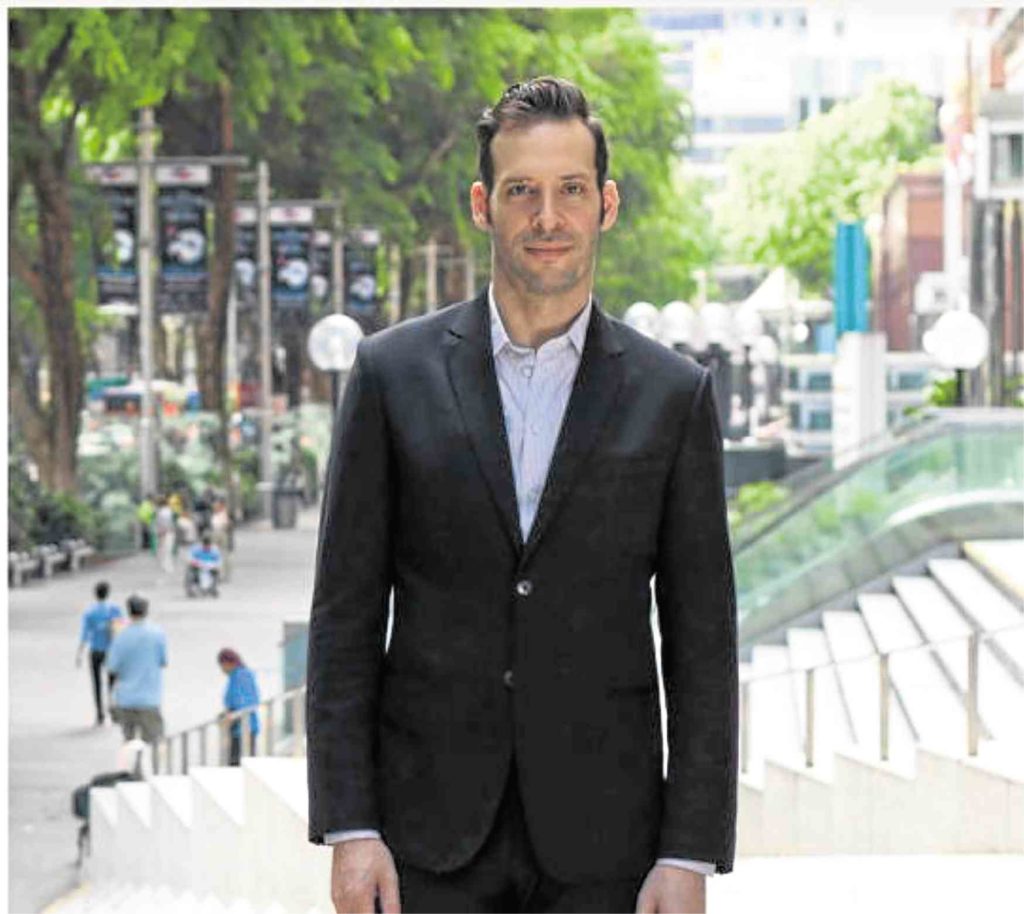Asean flexes muscles (Brands, heads up)
The Southeast Asia region today is the third largest economy in Asia and the seventh largest in the world, with studies estimating that by 2020, it will boast a $3-trillion economy made up of 690 million people.
The Association of Southeast Asian Nations (Asean) was established in 1967 as a regional intergovernmental organization, with its founding declaration being to “accelerate the economic growth, social progress, and cultural development in the region.”
Originally comprising of five nations, Asean today includes 10 countries: Brunei, Cambodia, Indonesia, Laos, Malaysia, Myanmar, the Philippines, Singapore, Thailand and Vietnam.
In 2015, Asean formally launched the Asean Economic Community, or AEC, a single integrated market and production base with a free flow of goods, services, investment, and skilled labor.
The AEC aims to make Southeast Asia a highly competitive region that is fully integrated into the global economy.
Opportunities for brands
The AEC’s formation has created a strong platform for the region’s collective development, and in turn, offers significant growth opportunities for brands and businesses.
From rapid urbanization to a rising consumer class, from 300 million active social media users to 200 million millennials, there are compelling reasons to view Asean with optimism.
Today, more than 130 million people live in urban centers with more than 200,000 inhabitants, and it is expected that an additional 54 million people will urbanize by 2025.
This has led to a burgeoning consumer class, with 100 million new Asean consumers set to contribute $770 billion in new spending over the next few years.
Similarly, the number of households with more than $7,500—a level at which they can begin to make discretionary purchases, in Purchasing Power Parity terms—is projected to double to 125 million, effectively creating an integrated, unified market too large to ignore.
Room for East and West
Urban or otherwise, a booming, affluent consumer segment, a growing middle class, and an increasingly young and global populace has led to a demand for quality and convenient offerings across a range of lifestyles.
Though competition to win hearts and minds is fierce, a large and diverse marketplace (with frontier, emerging, and mature economies existing side-by-side) suggests that there is room to play for companies with the right go-to-market strategies, combined with the delivery of relevant consumer experiences across products, services, communications, and environments.
We believe that in time, provenance will matter less, which is why for every Uber, there is a Grab, for every Amazon a Lazada, and for every Zara a Bench (Philippines).
In short, the Asean market is open and willing to embrace not the most obvious brand, but the right solution.
Digital focus
Reflecting global trends, Asean’s 200 million millennials are driving deeper digital engagement and a more connected ecosystem.
Mobile and social media penetration in Southeast Asia are already above the global average, making consumers in Southeast Asia very active social media users.
In 2016, Facebook released Asean data showing 241 million people and 3 million advertisers on its owned platforms, with 22 million Instagrammers in Indonesia alone.
Similarly, over 50 percent of mobile connections are broadband (3G or 4G), which opens up new opportunities for brands to connect and engage.
Four keys to growth
With over 25 years of experience growing iconic regional and global brands and businesses in Asean, we have discovered four keys that are vital to unlocking success in this dynamic and diverse market:
1. Local intelligence, global standards
Succeeding in Asean entails not only a deep understanding of local cultures and demand-drivers, but also global levels of service and engagement.
A great example is Go-Jek in Indonesia.
Once a standard ride-booking service, it is today a comprehensive service provider covering transportation, food, entertainment, postal, and health services, globally admired for its innovative business model.
And to think it all began with a keen understanding of local traffic conditions in Jakarta.
2. Know how to stretch
Like its geography, Asean’s marketplace is vast and varied, populated by different cultures, religions, and societies.
Brands and businesses seeking success in more than one country in the region need to view Asean not as a colorless supermarket, but as multiple bazaars—in varying degrees of development, in close proximity, and with fluid entryways to one another.
Brands that understand this perspective have three things in common: A resonant brand promise, go-to-market strategies for different markets, and experiences which are tangible, meaningful, and relevant to target audiences.
Starbucks is a case in point. Its sanctity as a “third place” and global appeal as a credible, aspirational coffee source remains intact across Asean.
At the same time—from Yangon to Singapore—Starbucks adapts its food selection and store interiors to reflect its locale, thereby rooting itself in each of the markets it operates in.
3. Build and manage a best-in-class digital service platform
As modern Asean consumers shift from physical to digital, and from online to mobile, they expect experiences that are on-demand and personalized.
This requires brands to develop engagement platforms that are device and channel agnostic and informed by smart and relevant data systems.
Singapore Airlines, for instance, maintains a first-class app from which you can not only book and manage flights, but also shop, read, check out special offers, and view and update your missing miles.
Moreover, its UX is intuitive, displaying information clearly and beautifully, and links seamlessly to your phone’s e-wallet.
4. Win the war on talent
We believe that the best brands are built from the inside out, which means focusing on finding and keeping the right people.
Our experience with Asean’s millennials (like their counterparts the world over) entering the workforce is that they are most attracted to not just the biggest or the richest organizations—but to the ones with a strong sense of purpose and an identifiable set of values (again, reflecting a global trend).
The war for talent has only just begun, and brands that master communicating their values and engaging rising talent will find their fuel for growth.—CONTRIBUTED

